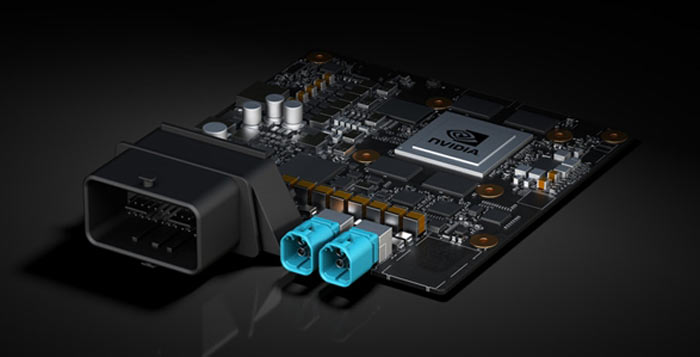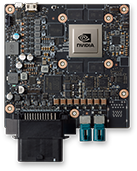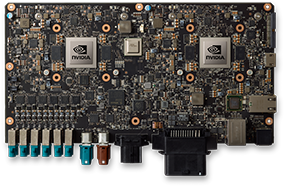As I said above, I disagree. Some gamepads are really compact, functional and even act as powerbanks for your smartphone. Battery life will only be a problem for people who are on the go without a power plug for the whole day, people who sit at desks like students and most IT/bureaucracy/law/etc. related jobs can probably get easy access to a charger and nowadays many phones will charge really fast up to ~80%.
Regardless, we'll never know because those games are locked for good to an irrelevant amount of people.
It seems that most AAA companies do not agree with you though. Anyone can do games or apps for Android (I do), there is nothing preventing them from that. The hardware and software is available. If there was a valid use case and money to be done, they would. I really do not get your point. How is it that nVIDIA prevents anyone from doing what they wish on such an open platform as Android? It is not like nVIDIA has a gun pointed to their head
EDIT - That gamepad is compact, but is it functional, really? Do you think that that size will fit everyone? It looks even more cramped with worse ergonomics than the PS VITA.
Last edited:




